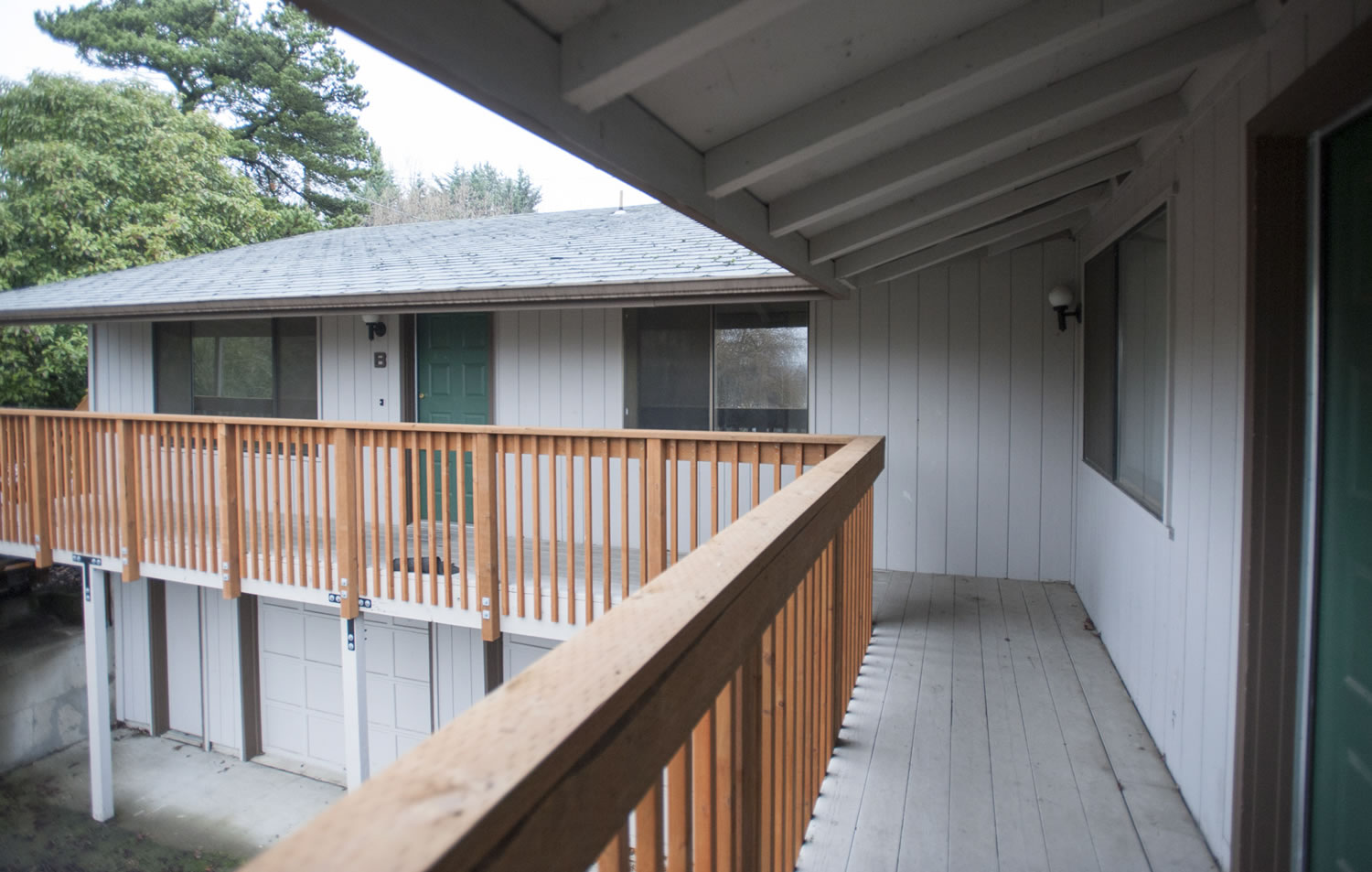Even in the happiest of families, preparing teens to leave the nest and be independent adults can be a challenge.
Many young people end up returning home to their parents to regroup before giving adulthood another shot.
But imagine not having the safety net of a family.
For many foster youth who turn 18 and exit the foster care system, it’s like “walking off the edge of the cliff with a blindfold on and no wings to fly,” said Dennis Morrow, executive director of the nonprofit Janus Youth Programs, which serves Oregon and Washington.
These teens don’t have a supportive family to launch them into the world; they don’t have a home to return to; and they often lack the normal childhood developmental experience needed to hone skills necessary to navigate life, Morrow said.
How to help the homeless
Second Step Housing, a nonprofit agency working to eliminate homelessness in the Vancouver community, has 11 transitional housing properties and 38 units of affordable housing.
For more information, go to www.secondstephousing.org.
Janus Youth Programs, one of the Northwest’s largest nonprofits, has more than 40 programs to serve homeless, runaway and at-risk youth in Oregon and Washington.
For more information, go to www.janusyouth.org.
That’s where Second Step Housing’s latest project comes in.
The Vancouver social service agency is renovating a three-unit apartment building to provide housing for young people who have aged out of the foster care system. As of November, there were 483 children living in foster care in Vancouver and 8,587 foster children statewide, according to the state Department of Social and Health Services.
The city of Vancouver has awarded Second Step a $140,000 grant to renovate the complex at 1203 W. 39th St., which formerly served as affordable housing for adults.
Renovations began in September and are expected to be finished in April. Second Step, which provides affordable housing for a variety of populations, obtained the building from the Vancouver Housing Authority.
This is the first Second Step property that will focus specifically on the foster youth population. Potential tenants will be referred to Second Step by agencies that work with young people, such as the Council for the Homeless’ Housing Solutions Center, Janus Youth Programs and YouthBuild Vancouver.
“It’s almost like an invisible population. Because of that, they tend to fall through the cracks,” said Denise Stone, the Second Step’s director of programs.
The apartment complex, which has three two-bedroom units, will house at least six people. It could possibly include a family, such as a former foster youth who has a child or spouse, she said.
No staff will live on-site, but tenants will have case managers to help them establish a rental history and earn a steady income so other landlords will accept them later, Stone said. The tenants will participate in YouthBuild, which helps young people finish their educations, get jobs and learn new skills.
Tenants will pay 30 percent of their incomes in rent. The rent amounts haven’t been set yet, but they will be significantly lower than the fair market level, Stone said.
About one in four young people become homeless after aging out of foster care, according to a study of foster care youth commissioned in 2011 by DSHS. Youth who were involved with both the foster care and juvenile justice system are at increased risk of homelessness, as well as youth who had previously been unstably housed, had changed schools frequently or had two or more foster care placements, revealed the study, called “Youth at Risk of Homelessness: Identifying Key Predictive Factors Among Youth Aging Out of Foster Care in Washington State.”
Many former foster youth have traumatic histories and emerge from the foster system with a “pretty profound” distrust of adults, because it’s adults who let them down, Morrow said. And so, the youth aren’t likely to seek help when they age out of foster care, even from competent and caring people, he said.
Having the support of peers coming from the same background could help the tenants anchor their lives and connect with services, said Scott Conger, housing director for Janus Youth Vancouver’s Bridges, Nest and Alliance Project.
“Without a support system to get feedback from (like parents), former foster youth become adrift and isolated,” Conger said. “A lot of former foster youth feel like they don’t have anyone. To create a community of like-minded peers is going to be the biggest benefit of having this home.”
Amy M.E. Fischer: 360-735-4508; amy.fischer@columbian.com; twitter.com/amymefischer




